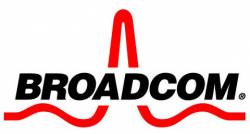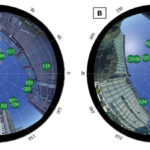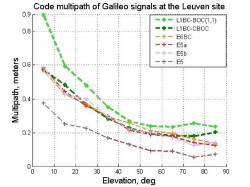Broadcom has its new third-generation low-power L1/L5 GNSS receiver chip, the BCM4778, available for sampling to early-access partners and customers. Optimized for mobile and wearable applications, the chip is 35% smaller and consumes 5 times less power than the previous generation. It offers Grid Tracking urban multipath mitigation technology, and the advanced L5 signal enables sidewalk-level accuracy for pedestrian navigation in urban environments, as well as lane-level accuracy for vehicle navigation.
“This will increase the impact of Google’s 3DMA ray-tracing for urban multipath mitigation,” said Frank van Diggelen, principal software engineer at Google.
The BCM4778 features fully integrated LNAs for L1 and L5 bands, which reduces RF front-end BOM costs and footprint requirements, ideal for space-constrained applications. The chip offers flexibility to smart watch and phone designers with its small size. Having the ability to place the BCM4778 closer to the antenna helps improve signal reception and thereby enhance the overall GNSS performance. Enabling extended battery life facilitates always-on performance for mobiles and wearables.
Product Highlights
• 7nm CMOS technology
• Typical power consumption: 4mW L1 band only, 6mW L1+L5 simultaneous
• Flip chip ball grid array (FCBGA) package
• New Grid Tracking technology: advanced multipath mitigation, continuously tracks the full L5 channel
• Capable of L5 acquisition; increased processing capability and throughput
• Advanced LTE filtering and jamming mitigation; enhanced LTE Band 13 and Band 14 filtering, spoofing and jamming detector, jamming mitigation through multiband and multi constellation
• Reduced BOM cost and footprint; flexibility in using internal LNAs, optional operation without interstage SAW filters, integrated switching regulator with direct connect to battery






